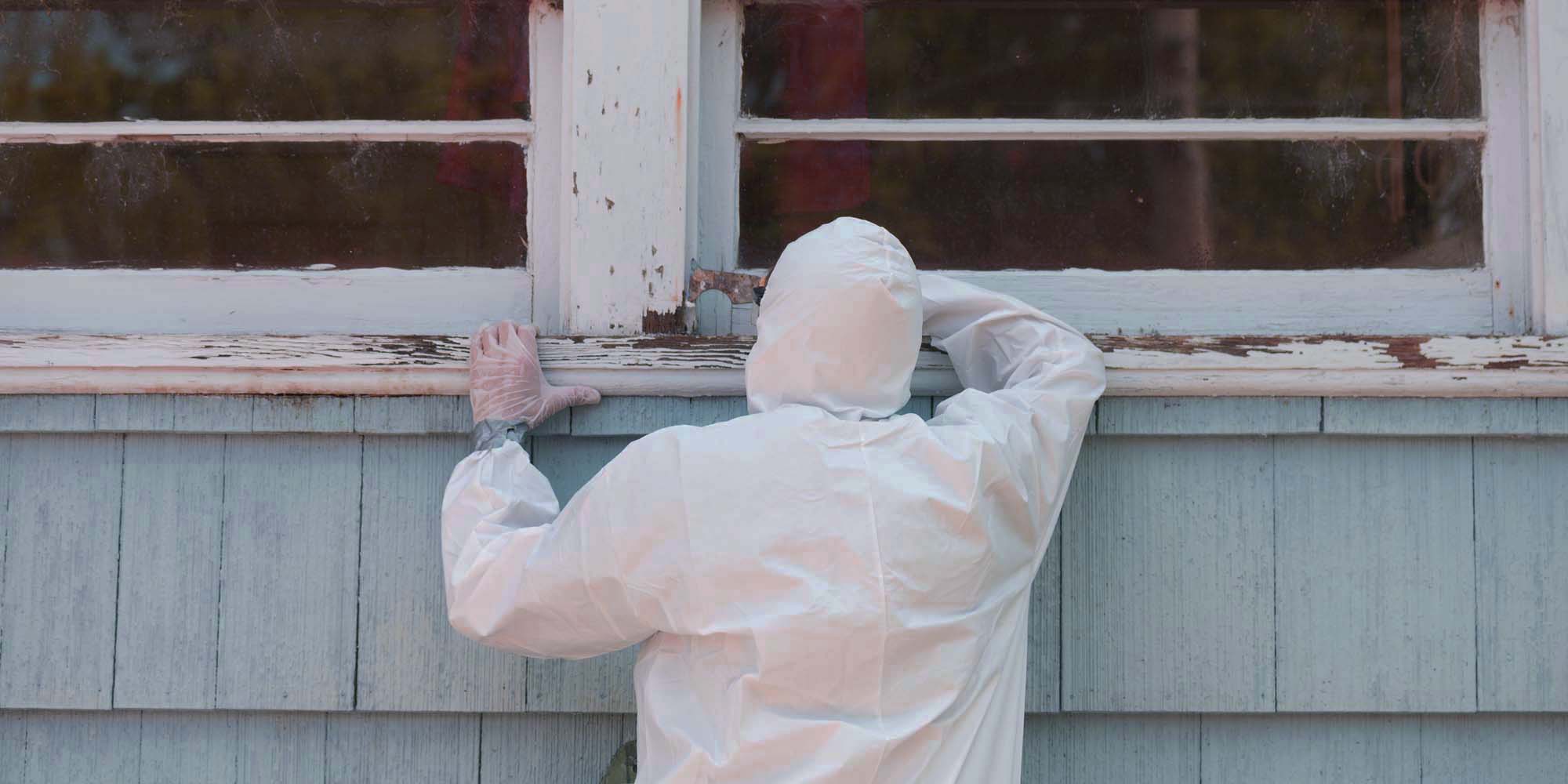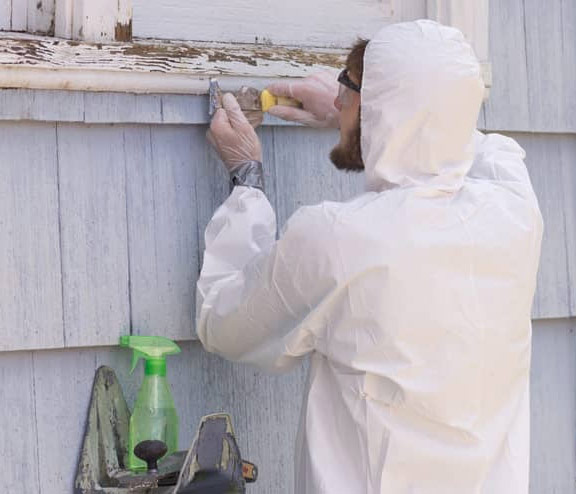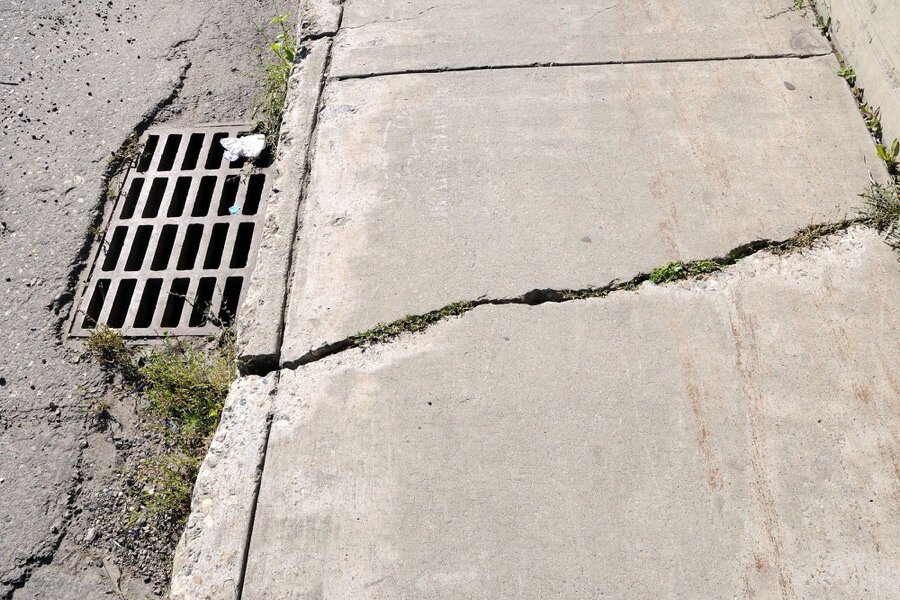Expert Lead Violation Removal in NYC-- Safeguard Against Health Hazards
Expert Lead Violation Removal in NYC-- Safeguard Against Health Hazards
Blog Article
Comprehensive Overview on Effective Lead Infraction Removal Methods
In the world of environmental safety and security, dealing with lead offenses requires a thorough and organized strategy. This extensive overview begins by highlighting the important initial steps of determining lead risks via sophisticated analysis and testing methods. The overview clarifies on the importance of sticking to rigorous safety and security procedures throughout the elimination process, including the use of correct PPE and isolating affected areas.
Recognizing Lead Threats
Determining lead dangers is an essential initial step in reducing the risks linked with lead exposure. Lead, a toxic metal, can be present in numerous ecological mediums, consisting of paint, dirt, water, and dirt.
The initial stage in identifying lead dangers entails comprehending typical lead sources within the built setting. Structures developed before 1978 are specifically prone due to the widespread use lead-based paint during that period. Furthermore, dirt contamination can take place from deteriorating exterior paint, industrial emissions, or historic use of leaded fuel.
Another substantial resource is lead piping and plumbing fixtures, which can leach introduce drinking water. Durable goods such as toys, ceramics, and imported items might likewise consist of dangerous lead degrees. Especially, work settings and leisure activities involving lead can track contaminants right into homes.
Assessment and Screening
When resolving lead threats, reliable evaluation and screening are vital. This essential step ensures the identification and quantification of lead existence, thereby guiding succeeding removal initiatives. Preliminary evaluation usually entails a visual examination to recognize potential lead resources, such as weakening paint or polluted dust. This is enhanced by more strenuous testing methodologies to identify the degree of contamination.

Dust wipe tasting is an additional crucial method, specifically in residential settings. By gathering examples from floorings, windowsills, and other surface areas, this approach provides insights into prospective direct exposure dangers. Soil testing around structure perimeters is important to discover lead contamination that might present dangers, specifically to youngsters.
Safe Elimination Treatments
Upon completing extensive evaluation and testing, executing safe removal procedures is the following essential stage in attending to lead dangers. This procedure makes certain that lead-contaminated materials are efficiently and safely eliminated, reducing risk to both employees and residents. The primary step includes isolating the damaged location utilizing plastic sheeting and proper securing techniques to avoid the spread of lead dust.
Employees have to put on suitable personal safety devices (PPE), including respirators, gloves, and non reusable coveralls, to alleviate exposure. Using specialized devices and wet approaches, such as wet sanding or making use of HEPA-filtered vacuum cleaners, visit their website decreases the diffusion of lead bits. It is important to avoid completely dry sanding or unpleasant blasting, as these approaches can create dangerous lead dirt.
Garbage disposal is another essential element; all polluted products need to be securely gotten and labeled according to EPA and neighborhood policies. In addition, extensive cleaning of the workplace with HEPA vacuum cleaners and wet cleaning guarantees the elimination of residual lead bits.
Post-Removal Confirmation

Confirmation of successful lead removal, understood as post-removal confirmation, is critical to ensure the safety and habitability of the remediated area. This evaluation guarantees that all well-known resources of lead have been attended to and that no visible indications of contamination stay.
Complying with the aesthetic assessment, ecological tasting is carried out. This includes accumulating dirt, dirt, and occasionally water examples from the remediated area. Certified labs evaluate these samples to gauge lead degrees, ensuring they drop listed below the safety and security limits established by regulatory bodies such as the Epa (EPA)
In addition, air quality screening may be performed to detect air-borne lead bits, particularly in cases where extensive lead-based paint elimination or restoration has read this post here taken place. description The outcomes of these tests offer measurable information confirming that the lead degrees are within allowable limits.
Inevitably, post-removal verification works as a critical checkpoint, verifying the performance of the lead reduction initiatives and guarding the health and wellness of occupants and site visitors.
Safety Nets and Upkeep

A vital precautionary action consists of using lead-safe licensed professionals for any kind of remodelling, fixing, or painting tasks. These professionals are educated in techniques that reduce lead dirt and particles. Furthermore, keeping colored surface areas to avoid breaking or peeling is vital, as wearing away paint can release lead bits right into the environment.
Educational efforts targeting homeowner and renters regarding the risks of lead and the importance of reporting any prospective threats can further enhance preventive initiatives. Regular cleansing making use of HEPA vacuum cleaners and damp wiping strategies can dramatically lower lead dirt accumulation.
Conclusion
In recap, reliable lead infraction removal demands a careful approach incorporating comprehensive assessment, exact testing, and rigorous removal treatments. Continuous inspections and upkeep are important to minimize future lead dangers, thereby protecting public health and wellness and ensuring continual conformity with regulatory demands.
Report this page